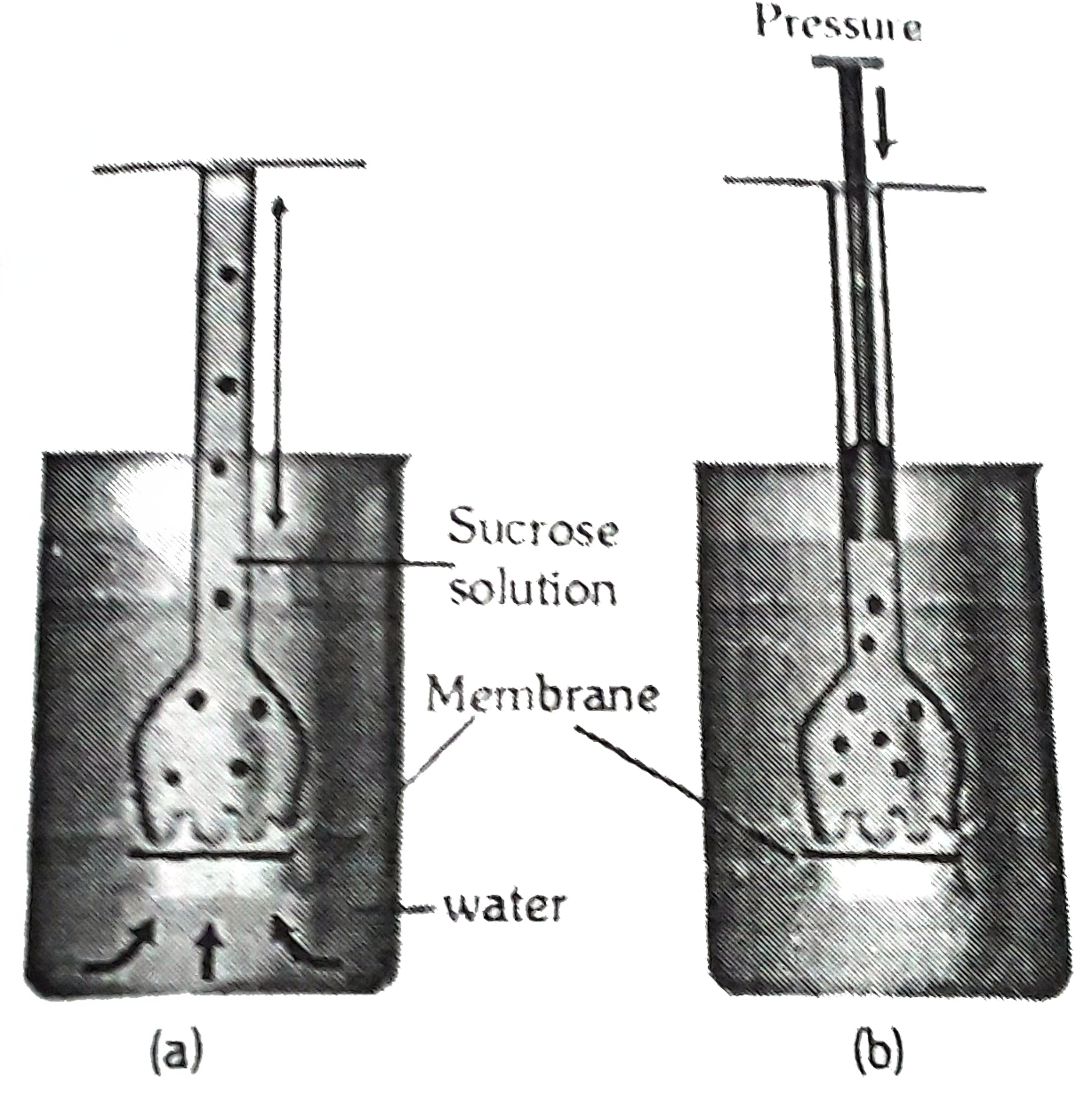How water and ions are absorbed in roots ? Explain with diagram.Solution in Gujrati
Most of the water flow in the roots occurs via the apoplast since the cortical cells are loosely packed and hence offer no resistance to water movement.
However, the inner boundary of the cortex, the endodermis, is impervious to water because of a band of suberised matrix called the casparian strip.
Water molecules are unable to penetrate the layer, so they are directed to wall regions that are not suberised, into the cells proper through the membranes. The water then moves through the symplast and again crosses a membrane to reach the cells of the xylem. The movement of water through the root layers is ultimately symplastic in the endodermis.
This is the only way water and other solutes can enter the vascular cylinder. Once inside the xylem, water is again free to move between cells as well as through them.
In young roots, water enters directly into the xylem vessels and/or tracheids. These are non-living conduits and so are parts of the apoplast.
The path of water and mineral ions into the root vascular system is shown in the figure.

Symbiotic association of (root and fungi) : Some plants have additional structures associated with them that help in water (and mineral) absorption.
Mycorrhiza is a symbiotic association of fungus with a root system.
The fungal filaments form a network around the young root or they penetrate the root cells. The hyphae have a very large surface area that absorb mineral ions and water from the soil from a much larger volume of soil that perhaps a root cannot do.
The fungus provides minerals and water to the roots, in turn the roots provide sugars and N-containing compounds to the mycorrhizae.
Some plants have an obligate association with the mycorrhizae. For example, pinus seeds cannot germinate and establish without the presence of mycorrhizae.
Topper's Solved these Questions
- TRANSPORT IN PLANTS BOOK - KUMAR PRAKASHANCHAPTER - TRANSPORT IN PLANTS EXERCISE - Section-B Difference/Scientific Reasons
6 Videos
- TRANSPORT IN PLANTS BOOK - KUMAR PRAKASHANCHAPTER - TRANSPORT IN PLANTS EXERCISE - Section-C Definition/Explanation-terms/Location-Function
25 Videos
- THE LIVING WORLDBOOK - KUMAR PRAKASHANCHAPTER - THE LIVING WORLDEXERCISE - OBJECTIVE SECTION (FILL IN BLANKS)
9 Videos
Similar Questions

Study the given figure carefully and select the true and false statement(s) in this demonstration.
(a) Numerically this external pressure in figure (b) is equivalent to the osmotic potential of a solution, but the sign is opposite.
(b) Osmotic pressure is due to the solute concentration.
View SolutionDefine : Diffusion.
View SolutionA .......... is a collection of pressed, dried and preserved plants mounted on ……..
View Solutionजड़ में पानी का चालन अथवा मूलरोम द्वारा ग्रहण किया गया जल किस प्रकार से जाइलम कोशिकाओं तक पहुँचता है? चित्र की सहायता से समझाइए।
View Solutionमूलरोम द्वारा ग्रहण किया गया जल जड़ जाइलम कोशिकाओं तक कैसे पहुंचता है? चित्र सहित समझाइए।
View SolutionHow is water absorbed by the roots of plants ?
View SolutionHow is water absorbed into the roots? Explain with an experiment?
View SolutionHow do plants absorb water? Explain .
View Solutionजड़ें अपने मूलरोमों द्वारा मृदा में उपस्थित ....... जल को ही अवशोषित करती हैं।
View SolutionHow does it help absorb root water and mineral salts?
View SolutionName the possible routes for the path of water across root cells.
View SolutionHow do plants absorb water? Explain .
View SolutionWith the help of a diagram explain the two pathways of water across the root cells.
View SolutionHow is water absorbed by root hairs? How does this water reach the vacuolated cells of the root? explain.
View SolutionHow the water absorbed by the roots is important for the plants ?
View Solution
